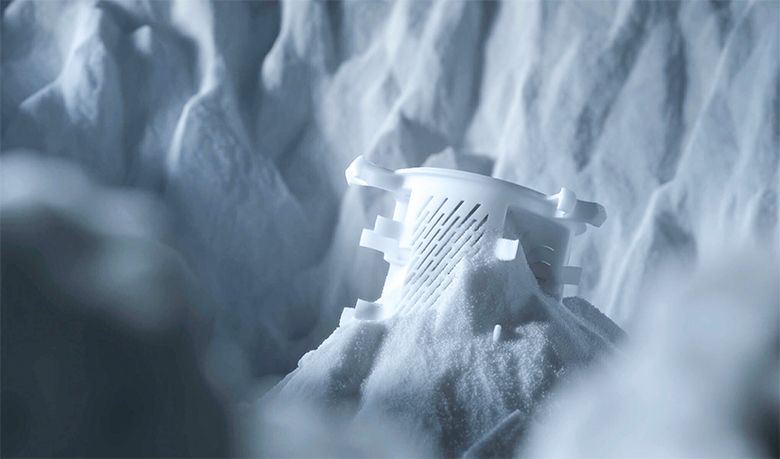We want to tell you all about the new EOS polymer solution, but, unfortunately we can’t until it officially debuts on Nov. 19 at Formnext.
No, this article isn’t clickbait, the point is to tell you — if you plan to be at Formnext 2024 — that it would be worth your time to be at the EOS booth to learn more and see it in action. All3DP will bring you all the details then, but here’s what we can tell you now.
EOS is calling the new 3D printer a “breakthrough in polymer 3D printing, crafted directly from your feedback.” So the company has taken the wants and needs of current customers in account to develop something new. This rules out a completely different polymer technology, we believe. EOS only makes selective laser sintering polymer machines, so it’s safe to assume the new machine is not a resin 3D printer or material jetting or binder jetting.
What are EOS’ polymer SLS customers likely to want? At least what all 3D printer customers want: faster, better, and cheaper. Let’s look at the current EOS polymer SLS lineup and see where there’s room for improvement.

EOS hasn’t introduced a new SLS 3D printer in nearly five years, instead focusing on its metal line. In the meantime, advances in polymer laser powder bed fusion technology have raised the bar. To be fair, EOS has launched major material and software updates for its SLS line more recently.
Yet, as polymer 3D printing moves from prototype to production, build volume, throughput, and price-per-part are what SLS 3D printer manufacturers, like Nexa3D and Farsoon have worked to address most recently. Industrial SLS machine makers have arguably ceded the prototype market to the likes of Formlabs and Sinterit, with their economical and smaller machines. 3D Systems also entered the prototype SLS market with its SLS 300 acquired from Swedish SLS printer maker Wematter in May, 2023.
Last year, when Nexa3D launched its QLS 260, the focus was on throughput and the ability to “complete an entire production cycle in just 22 hours,” the company said. Nexa3D touted the machine as a “fast cycle SLS” with a build rate of 22 mm/hr.
In late 2022, Farsoon announced the HT1001P quad-Laser system with four 300-watt fiber lasers and scan speeds of up to 20 m/s for each laser, which is all aimed at “boasting industry-leading productivity for large-sized parts … capable of achieving 2 full 225L builds in one single day,” the company said about its focus on throughput.
In 2023, Farsoon then launched the UT252P with a higher chamber temperature capacity of processing materials with melting points above 340°C.

The next clue we have from EOS’ teaser of the upcoming launch is that customers will “get exceptional quality – no endless trial and error needed.” To us, this implies software advancements or selectable print profiles.
The only other public tidbit on the company’s Linkedin past was: “We’ve combined dimensional accuracy, surface quality, and mechanical properties to meet your specific needs right from the start.” Hmm, specific need. Might this allude to the type of application-centric focus we’ve seen at companies like HP and Carbon 3D?
Stay tuned November 19th at 11 in the morning at Formnext, or, if you won’t be at Formnext, right here on All3DP.
You May Also Like:
License: The text of "EOS to Launch Its Most Important Polymer Machine in Years at Formnext" by All3DP Pro is licensed under a Creative Commons Attribution 4.0 International License.


